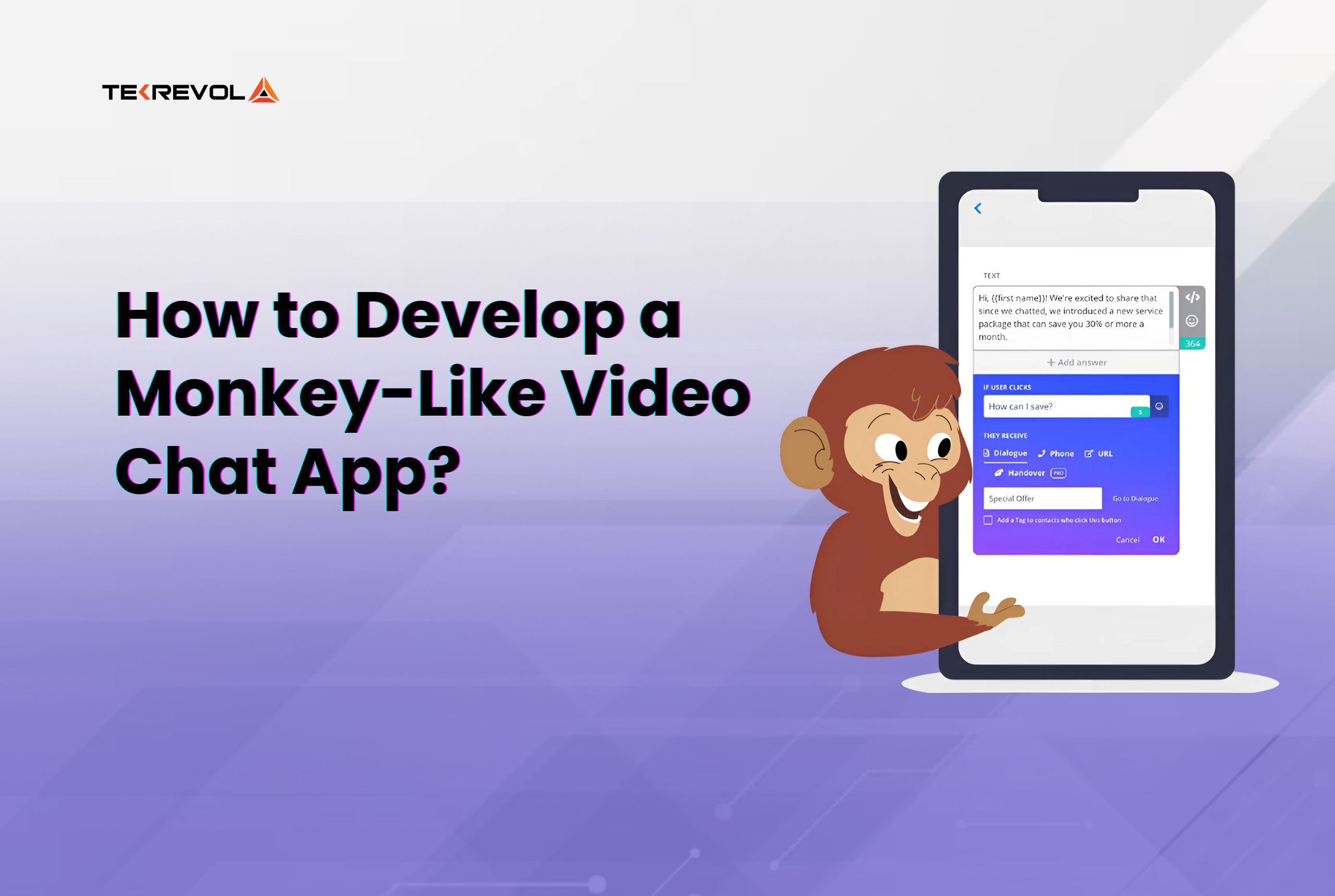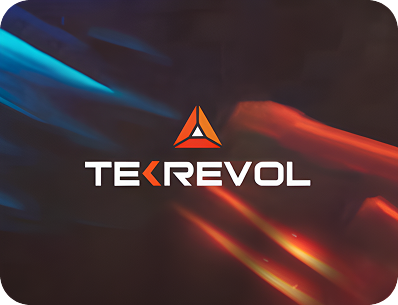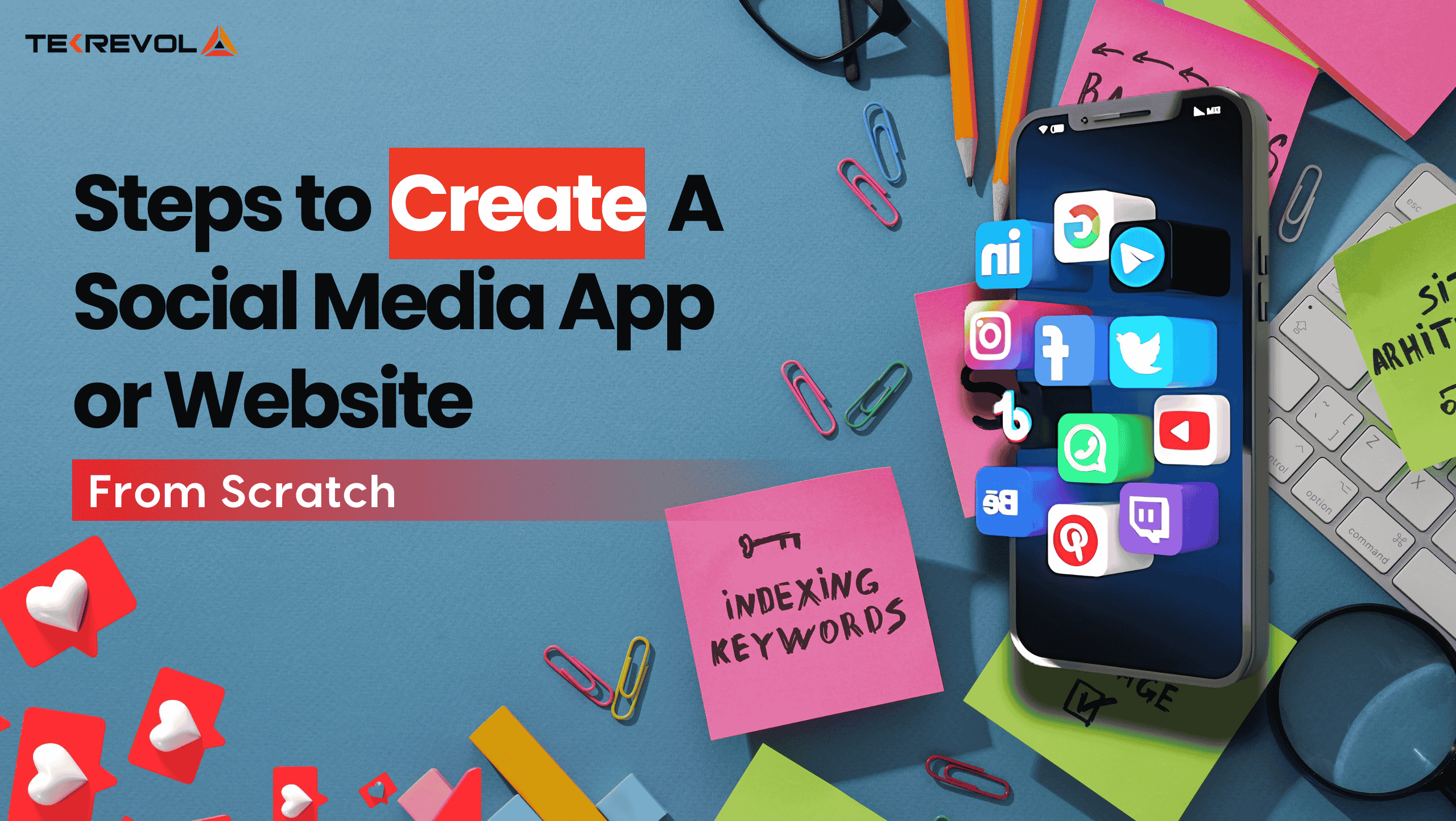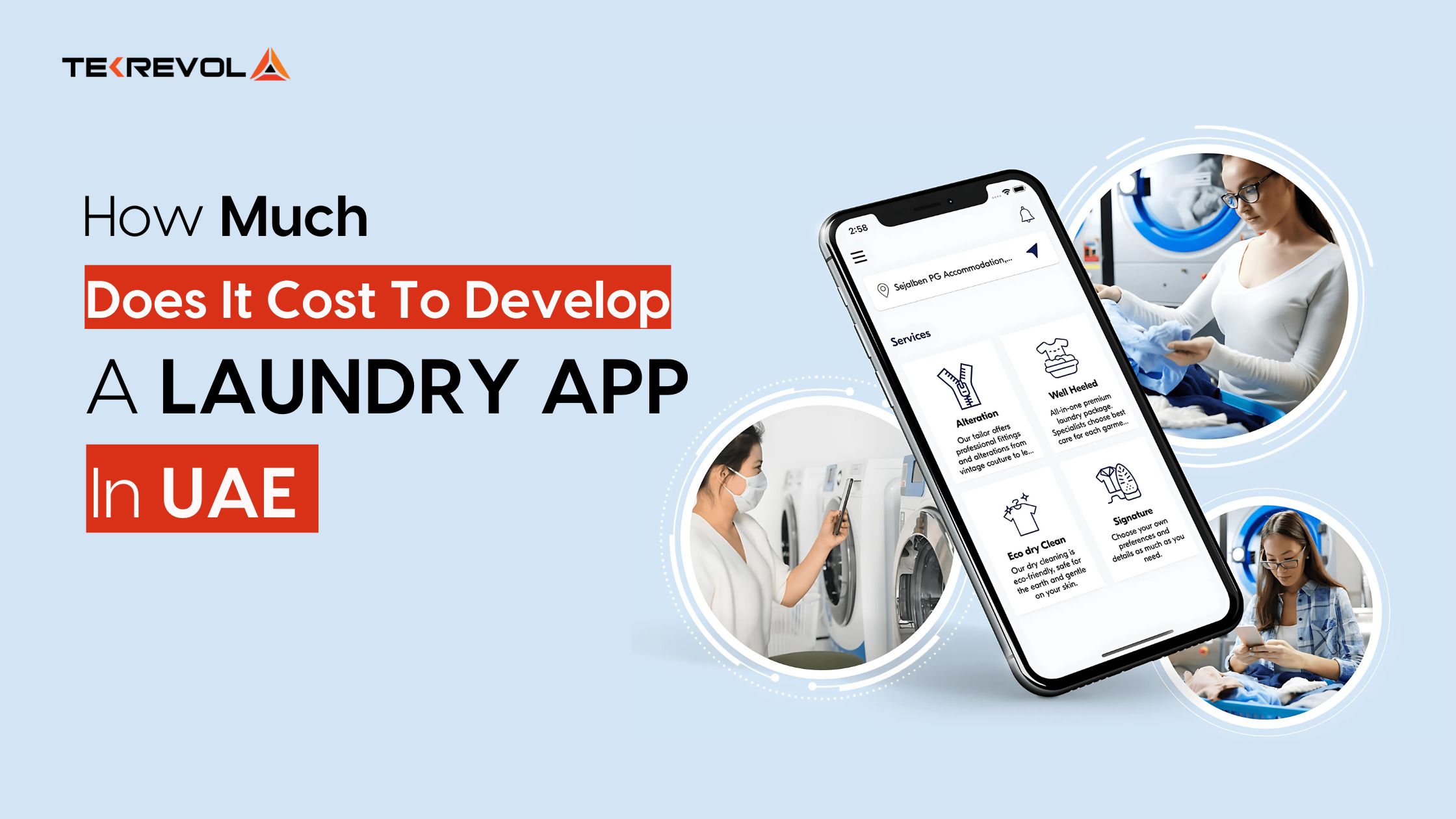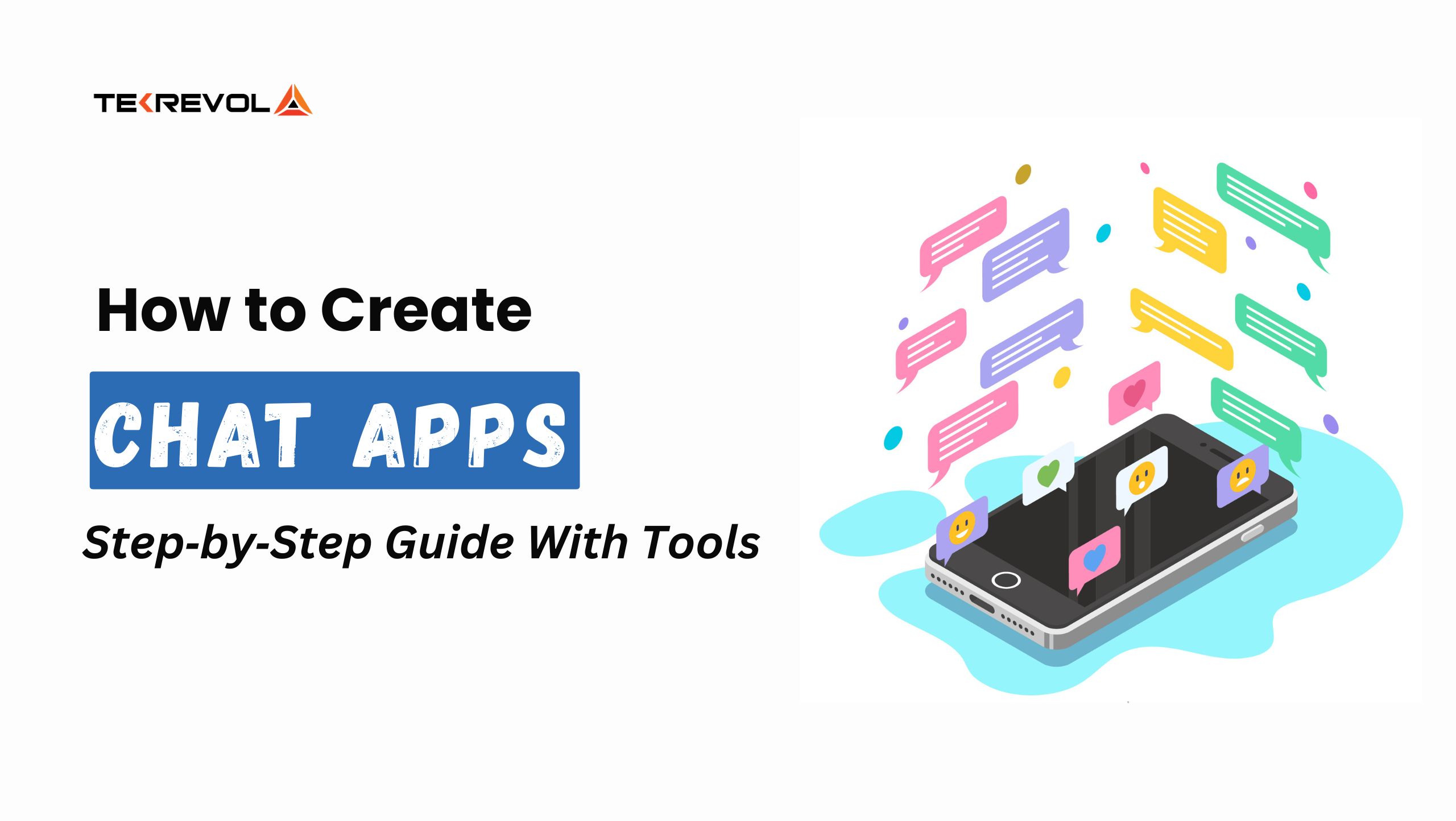Video calling has taken a significant leap in the past few years, not just for business or education, but also as a new way to socialize and meet people.
By offering quick video chats, the Monkey chat app attracted 30 million users, mostly Gen Z, who crave video-first socializing.
If you’ve got an idea and want to build the next big Monkey app alternative, now is the time to act. The global video conferencing market is valued at $9.99 billion in 2025 and is expected to grow to about $28.26 billion by 2034.
In this blog, we will walk you through how to create an app like Monkey, covering the full development process, must-have features, and estimated costs. So, let’s get started!
What Is the Monkey App?
Monkey is a social video chat platform that went crazy popular for allowing users to meet new individuals through brief, random video calls.
Initially rolled out to target Gen Z, it merged the swipe-based convenience of dating apps with the excitement of live video, building an environment where users could enjoy honest, unfiltered conversations with strangers from all over the world.
Key Features of the Monkey Chat app :
- Live random video chats
- Age & interest-based matching
- Timed chats with extension options
- Text messaging during and after calls
- Basic moderation and reporting tools
- Free with optional in-app purchases
Cost:
- Free to use
- Has in-app purchases for premium features (e.g., more filters, boosts, or replays)
Video chat app usage among Gen Z has jumped by 68% in the past two years.
Got an idea for the next big Chat app?
Talk to Our Experts!Market Overview: The Rise of Random Video Chat Apps Like Monkey
The market for video chatting apps has grown exponentially in the past few years, fueled by the emergence of spontaneous, social-first apps such as Monkey. These apps have been fueled by Gen Z’s appetite for real-time, face-to-face digital communication, and the numbers don’t lie:
- The global chat application market was valued at $63.78 billion in 2023 and is projected to reach $213.4 billion by 2030, growing at a CAGR of 15.3% from 2024 to 2030. (Source: Verified Market Research)
- The social networking app market is projected to reach $310.37 billion by 2030, growing at a CAGR of 23.7%, signaling massive growth opportunities. (Source: Grand View Research)
What Are the Must-Have Features for Building a Random Video Chat App Like Monkey?
Monkey offers a feature-rich platform, and if you’re planning to develop a video chat app similar to Monkey. Success is all about the features you provide.
Here is a rundown of the essentials to make your app shine in a saturated marketplace
| Features | Descriptions |
| Instant Video Chat | Real-time, random face-to-face video interaction |
| Admin Panel & Analytics | Provides control over user activity, content moderation, and detailed data insights |
| Text & Voice Messaging | Let users send messages, emojis, and voice notes during or after video calls |
| AI-Based Matching | Uses artificial intelligence to match users based on preferences |
| Filters & Effects | Adds fun AR filters, stickers, and beauty effects to enhance the video chat experience. |
| Social media integration | Allows users to sign up/login using platforms like Facebook or Instagram for convenience and credibility. |
| Virtual Gifts & Coins | Supports in-app purchases and gifting features |
| Gender & Location Filters | Gives users control to filter connections based on gender or region preferences. |
| Safety & Moderation | Implements AI moderation, user reporting, and blocking tools to maintain a safe environment. |
| Multi-Language Support | Enables users to use the app in their preferred language |
| Live Streaming | Lets users broadcast live to larger audiences |
What Advanced Features Can Make Your Video Chat App Stand Out?
In a world full of chat apps, offering just the essentials isn’t enough. Users now look for richer, safer, and more interactive experiences. That’s why building advanced features is key to making your app stand out.
| Advanced Features | Description |
| AI Assistant & Chatbot | Helps users with navigation, auto-responses, content moderation, and FAQs. |
| Message Editing & Deletion | Allows users to edit or delete messages during or after chats |
| Advanced Security Features | Includes encryption, AI-based content filtering, moderation, and two-factor authentication. |
| Live Reactions | Users can send emoji reactions during video calls for real-time expression. |
| Face & Gesture Recognition | Detects facial expressions or gestures to trigger effects, filters, or reactions. |
| In-App Games | Offers mini-games users can play together during calls to boost engagement. |
| Streaks & Leaderboards | Gamify the experience with daily streaks and top user rankings. |
| Scheduled Video Chats | Allow users to set up and schedule future video calls. |
Note: If you’re looking to integrate advanced AI features into your video chat app, we can help. As a leading AI development company, we specialize in building intelligent, scalable, and user-centric solutions customized to your app’s needs.
AI-based features increase user retention by up to 50%.
Avoiding common pitfalls is only half the game; success depends on having the right game development team by your side.
Hire Our AI Team!What Are the Key Development Stages for Building a Monkey App Alternative?
Here’s a breakdown of the 8 key stages involved in building a high-performing, engaging, and scalable video chat app like Monkey.
1. Discovery & Requirement Gathering
Timeline: 2–3 weeks
This is the cornerstone of your whole project. You aim to get to know your users and identify the issue your app will address.
- Audience Research: Establish your target audience. Are you targeting Gen Z, teenagers, or a global audience?
- Market Analysis: Research apps such as Monkey, Azar, and Omegle. What do they do well? Where do they fail?
- Core Goal: What will set your app apart? Highlight your USP, be it AI-based matchings, gameified chat experience, or better moderation.
- Documentation: Form a product requirements document (PRD) on scope, functions, tech stack, and business goals.
2. Feature Prioritization & Roadmapping
Timeline: 1–2 weeks
After settling on the vision, it is now the turn to set the MVP and craft a realistic roadmap.
- Focus on Must-Haves: User authentication, basic moderation, chat, and random video matching should be given a higher priority.
- Future Developments Plan: Even after the app has been launched, there will be some features that can be implemented afterward, such as gesture recognition, in-app gaming, or face filters.
- Prepare a Sprint Plan: Slice the work into development sprints, timing, and targets.
- Budget Allocation: Allocate resources, time, and budget based on the complexity of the feature and business value.
3. UI/UX Design & Prototyping
Timeline: 4–6 weeks
After your features and concept are ready, your second most crucial focus should be making a plan to execute how your users will use your app. It’s an excellent UI/UX design, one that leaves users feeling comfortable, curious, and engaged from the very first tap.
- Wireframing: Create low-fidelity drafts on user flows (sign-in, video chat, profile).
- Prototyping: Create click-through prototypes using Figma or Adobe XD.
- User Testing: Get real users to experience prototypes for early feedback.
- Visual Design: Implement branding, fun colors, micro-animations, and effortless layouts that engage with younger users.
4. Backend Development
Timeline: 4–6 weeks
Once the design is done, it’s now time to make your app a reality with solid backend development. This is the powerhouse that drives your video chat app, everything from real-time video streaming to user authentication.
Some of the crucial tasks in this phase are:
- Video Integration: Use WebRTC protocols, or use Agora, Twilio, or Daily services as solutions to live video streaming.
- User Authentication: Provide stable sign-up, login, and identity authentication.
- Database Setup: Design and implement scalable databases (e.g., Firebase, MongoDB) to hold user data and chat histories.
- Moderation Tools: Incorporate abuse reporting, keyword filtering, and AI-driven content analysis.
5. Frontend & Mobile App Development
Timeline: 4–5 weeks
When the backend is established, you move to front-end development, which focuses on the user interface and interaction elements of your app.
- Platform Choice: Create native apps (Swift for iOS, Kotlin for Android) or leverage cross-platform frameworks like Flutter or React Native.
- Interface Development: Use UI with adaptive design, chat or video options, and interactive movement.
- Animations & Interactions: Add animation, swipe, and button feedback to keep the light usage.
- Fronted-Backend Sync: Tune real-time sensitive opportunities, through secure and efficient integration with backend APIs.
6. Quality Assurance & Testing
Timeline: 2–4 weeks
No matter how gorgeous your interface or how fully functional the backend may be, any video lag, crashes, or bugs can ruin the user experience within a split second. Testing and QA, therefore, come first as a step to build a Monkey-like chat application.
This step is simply finding and fixing bugs earlier than your users can find and report them.
- Functional Testing: Make sure that everything, the video, chat, and the login, are working properly.
- Performance Testing: The testing should be done on different bandwidths and with different devices to minimize lags or crashes.
- Security Testing: Avoid data leaks and unauthorized access.
- Cross-Device Compatibility: Test on Android, iOS, tablets, and various screen sizes.
7. Launch & Deployment
Timeline: 1–2 weeks
When your app is created and tested, it’s time to show the world. The launch mode is all about getting your video chat app out there to real users and making sure it’s providing a smooth, enjoyable user experience.
- App Store Submission: Prepare and submit a listing for Apple App Store and Google Play Store (screenshots, description, privacy policy).
- Beta Test: Do a soft launch/beta test to get the real user feedback before going live.
- Analytics Setup: Integrate analytics solutions such as Google Analytics, Firebase, or Mixpanel from which to monitor retention, engagement, and crashes.
- Marketing Assets: Develop a launch strategy that involves social media, app store optimization (ASO), and influencer marketing.
8. Post-Launch Support & Iteration
Ongoing (particularly active for the first 2–3 months)
Once you launch your app, real-world usage will identify things that even internal testing cannot, unpredictable crashes, usability problems, or suggestions for enhancements. You’ve to respond quickly to:
- Monitor User Behavior: Keep an eye on KPIs such as session length, user churn, and crash reports.
- Gather Feedback: Read reviews, monitor suggestions, and speak with your community.
- Release Updates: Release bugs quickly, enhance UI/UX from feedback, and add new features incrementally.
- Scale Infrastructure: Scale-up servers and database size as your user base increases.
Over 70% of video calls are now made via mobile devices.
Want to enter the market with a feature-rich video chat App?
Get a Free Consultation!How Do Apps Like Monkey Make Money? Top Revenue Strategies
Monetizing an app like Monkey’s video chat isn’t merely applying ads wherever and whenever; it’s providing value while building numerous revenue streams.
Did you know that the world consumer spending on mobile applications is projected to reach $150 billion in 2025, and social and video call apps account for a considerable portion?
Here are the best revenue models you can have for your Monkey app alternative, based on your audience, objectives, and business strategy:
| Revenue Model | Description | Best For |
| In-App Ads | Show banner or video ads using platforms like Google AdMob. | Free apps with high user traffic. |
| Subscriptions | Offer paid plans with perks like no ads and premium matching. | Loyal users who want more features. |
| In-App Purchases | Sell virtual gifts, stickers, or filters for use during chats. | Users who enjoy customizing their experience. |
| Pay-Per-Call | Charge users for longer or private video calls. | Users wanting extended or exclusive chats. |
| Sponsorships | Partner with brands to run ads or sponsor in-app content. | Apps with a niche or engaged audience. |
How Much Budget Do You Need to Create an App Like Monkey?
Building a Monkey chat app will cost anywhere from $30,000 for an MVP to $ 300,000 or more for a full-featured, cross-platform experience. The range is enormous because each additional feature, from real-time translation to AI moderation , has design, dev, and cloud expenses.
Below is a clear look at the budget tiers:
| App Type | Description | Estimated Cost |
| Basic Video Chat App (MVP) | Essential features like one-on-one video chat, text chat, and basic matchmaking. | $30,000 – $50,000 |
| Mid-range Video Conferencing App | Includes group video calls, user profiles, multimedia sharing, and enhanced UI/UX. | $50,000 – $100,000 |
| Enterprise-level Video Chat Platform | Advanced features like AI-driven matchmaking, video/audio optimization, security, and scalability. | $100,000 – $3,00,000+ |
Note: The cost ranges mentioned above are general estimates and can vary depending on your app’s complexity, feature set, target platforms, and development model. For a more accurate and personalized breakdown, you can use our cost calculator
10 Best Monkey Chat Apps Alternatives to Try in 2025
Monkey may have begun the trend, but it’s not the sole player in town. In 2025, such chat apps will provide thrilling features, robust moderation, and international communities.
| App Name | Main Use Case | Key Features | Best For |
| OmeTV | Random video chat | Gender/location filters, live moderators | Quick, anonymous global video chats |
| Yubo | Social live streaming | Swipe discovery, friend groups, age verification | Teen-friendly social discovery |
| HOLLA | Video meet-ups with a twist | AI matching, games, real-time translation | Gamified chatting & icebreaker convos` |
| Azar | Global language exchange | Real-time translation, user tagging | Meeting new people across cultures |
| LivU | Fun, anonymous video chats | Beauty filters, emoji reactions | Casual, filtered video conversations |
| Ablo | Travel-style video chat | Auto-translation, cultural matching | Talking to people in new countries |
| Omegle | Anonymous web-based video chat | No login is needed, interest-based matching | People seeking fast, anonymous, unfiltered conversations |
| Wink LIVE | Friend discovery with video | Profile-based swipes, chat before call | Safer, connection-first chatting |
| Chatspin | AR video chat experience | Face masks, anonymous video matching | Shy users who still want a visual connection |
| Tiya | Voice-first social rooms | Topic-based rooms, AI companion bots | Gamers and chatters who prefer voice chats |
Build a Next-Gen Video Chat App Like Monkey with TekRevol
If you’re looking to develop a speedy, interactive video call application like Monkey, TekRevol is your trusted Mobile app development partner. We possess years of experience in developing scalable, feature-rich communication platforms with real-time video, AI-driven matching, and engagement tools inside the app optimized for today’s users, particularly Gen Z.
We assist in creating products with market intelligence, solid UX design, and technology that prepares for the future. From MVP to full deployment, we collaborate with you throughout the process to make your app secure, enjoyable, and optimized for expansion.
Need inspiration for your video chatting app? See our blog on the Best Video Calling Apps to see what’s popular in the market today, and how your app can rise above.
Apps like Monkey have millions of downloads across Gen Z markets.
Partner with TekRevol to build a stable, high-performing video chat app.
Build Your App Now!
